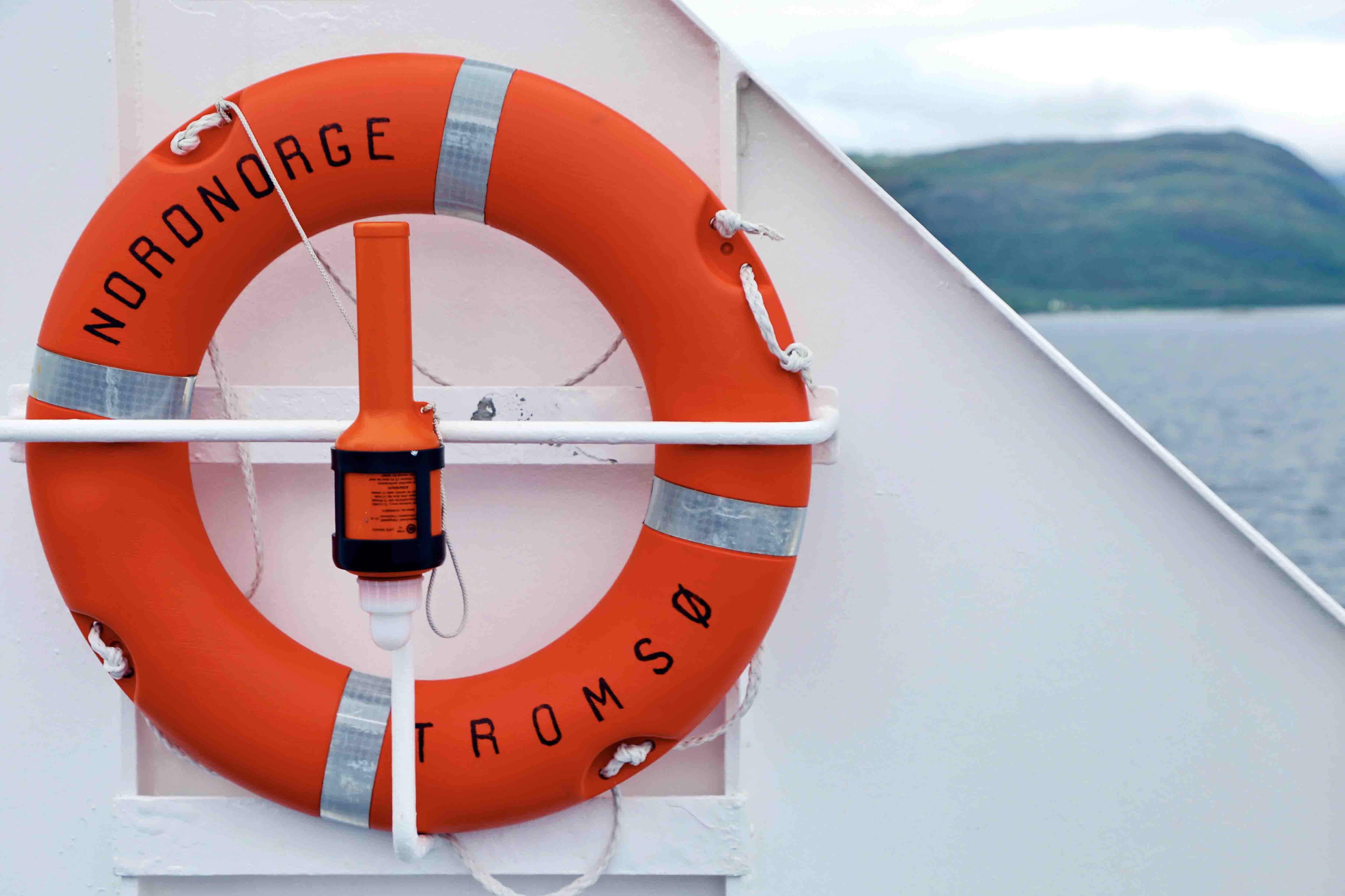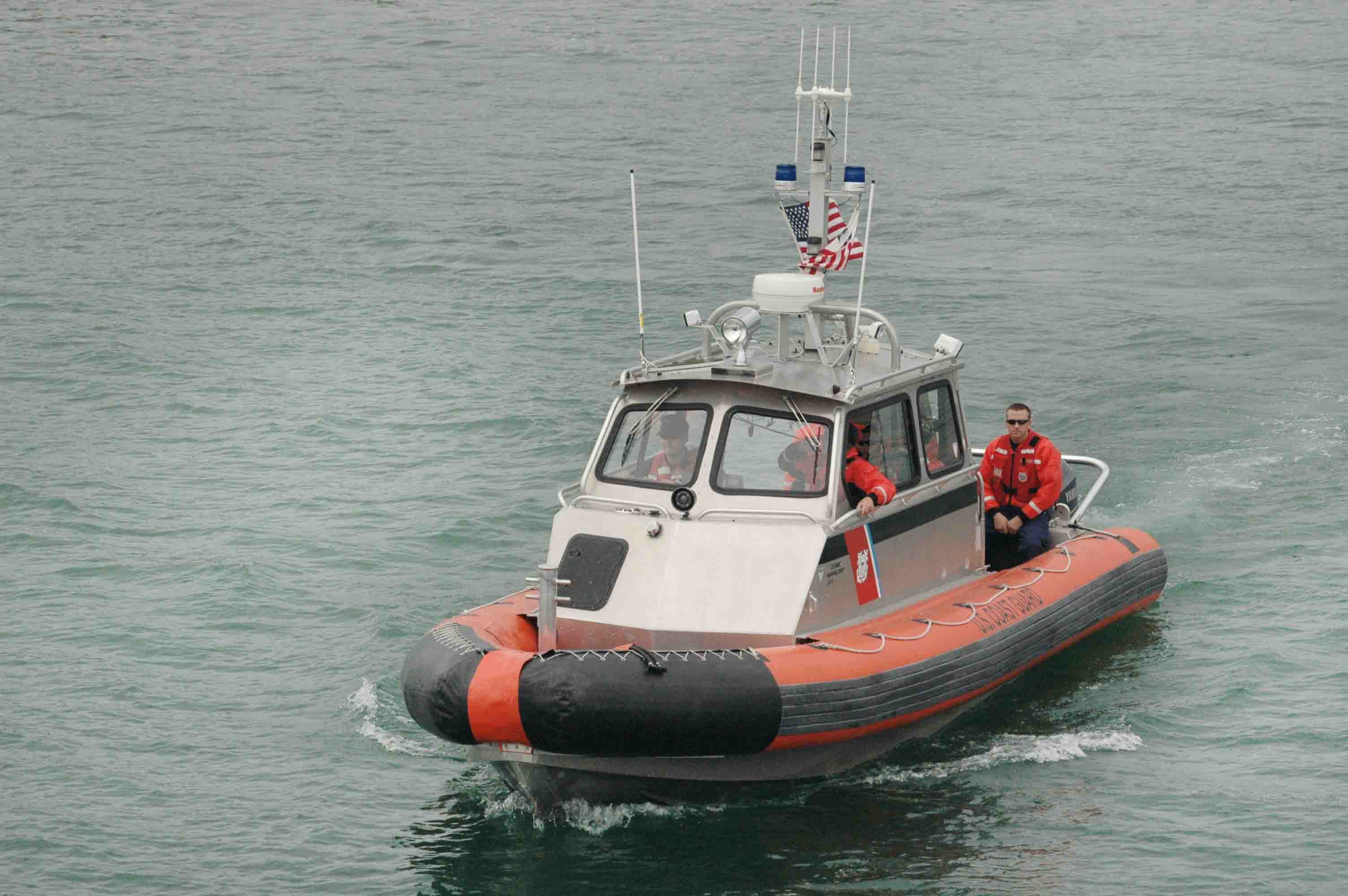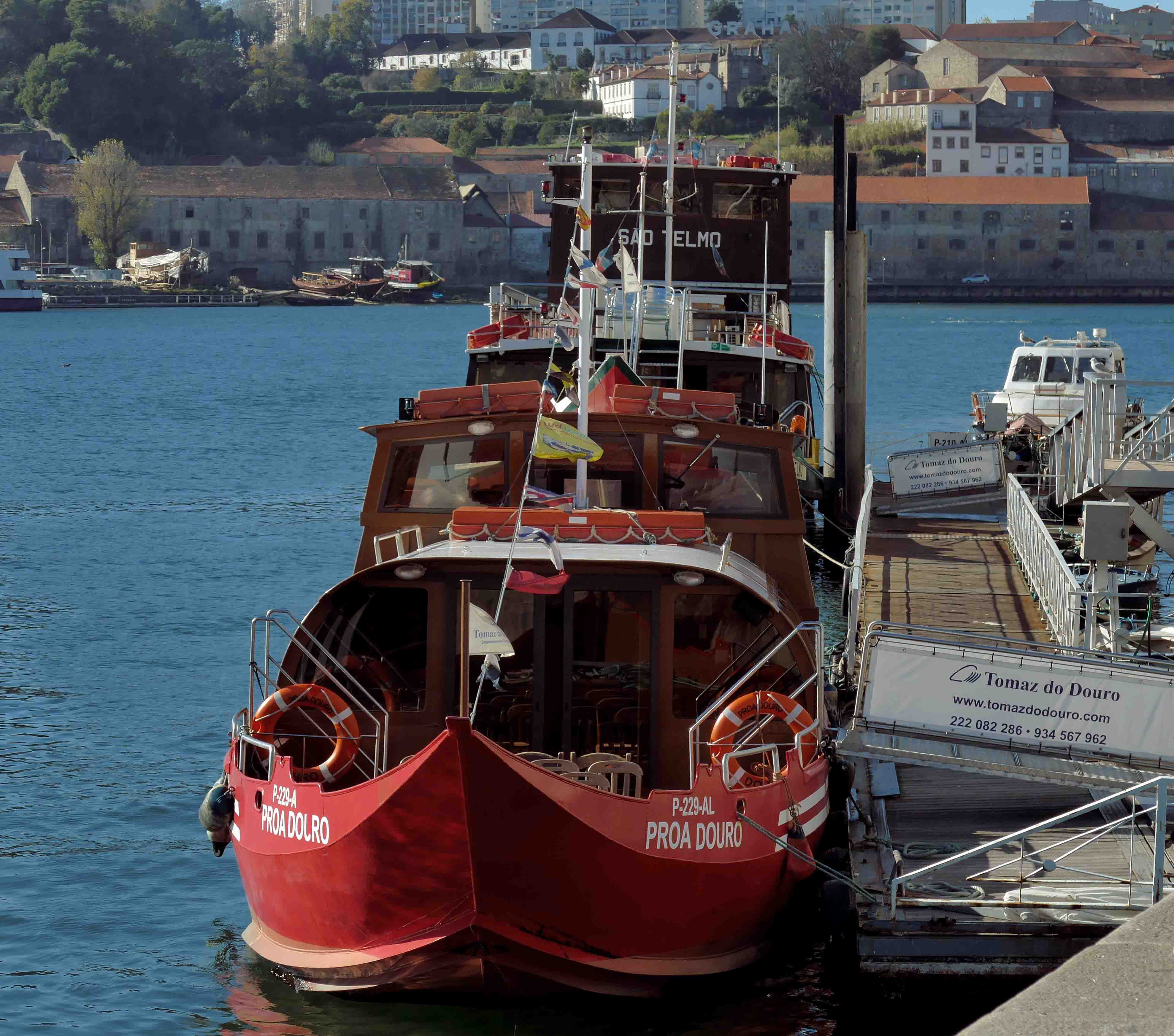Using a VHF Marine Radio

For good reasons, VHF maritime broadcasting is becoming more and more popular with rowers. They can save lives and are easy to use. In maritime communications, they are more effective than CB radios or mobile phones. VHF broadcasting has a more consistent reception than mobile phones.
No license is required for use on leisure boats.
They endure bad weather.
The VHF signal source can be placed so that you can be found even in the fog.

Some basic knowledge is required to operate a VHF radio.
When operating the ship, channel 16 (distress channel) must be monitored. If you hear a call from MAYDAY, please remain silent, listen, and write down information about the ship in distress.
If the USCG or other rescue agencies do not respond, please try to reach USCG when boarding the ship. If you are unable to reach the USCG, please do your best to assist another ship while not putting yourself or your passengers in danger and make sensible calls while driving
“MAYDAY,MAYDAY,MAYDAY. This is XXXXX boat, XXXXX boat, XXXXX boat. My position is (lat/long from GPS).”
Rescue: “XXXXX boat, XXXXX boat, XXXXX boat. This is Coast Guard Rescue Center, please report your situation.”
“Rescue, we are sinking.”
Rescue: “We have lined up the rescue team to rush to your location, please go to CH09 to maintain communication.”
“This is CH09, I get it, please support us as soon as possible, thank you!”
......
......
......

Please note that the distance between sending and receiving messages is limited by antenna height and radio power. Unless in an emergency or if the signal is too weak to receive clearly, always use the one-watt setting. Channel 16 is only a call and distress channel and should not be used for conversations or radio inspections.
It can be used to establish contact with another station (ship), but the subsequent communication should go to a non-emergency channel, such as 68 or 69.
Misuse of radio will be punished, including improper use of VHF channel 16.






